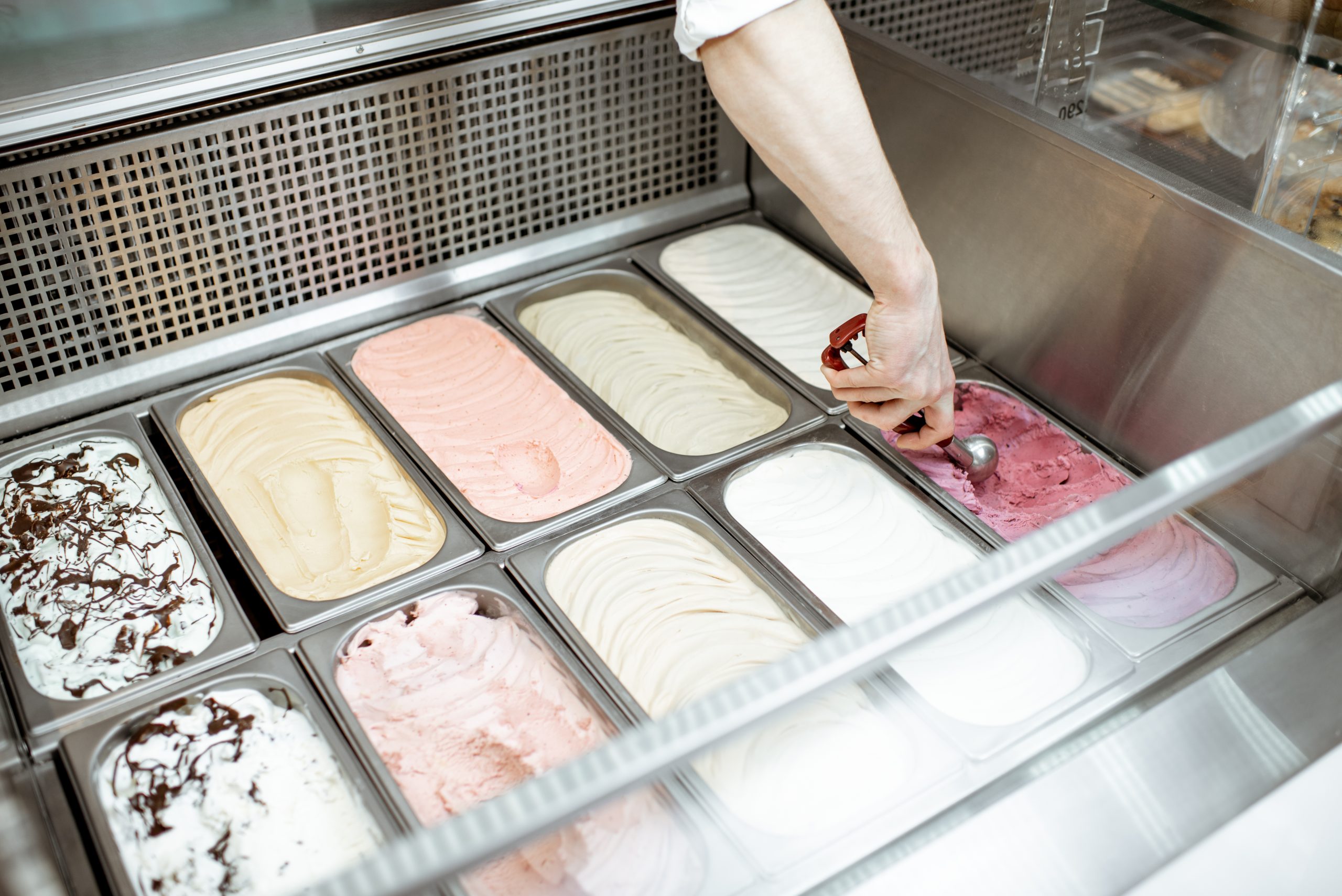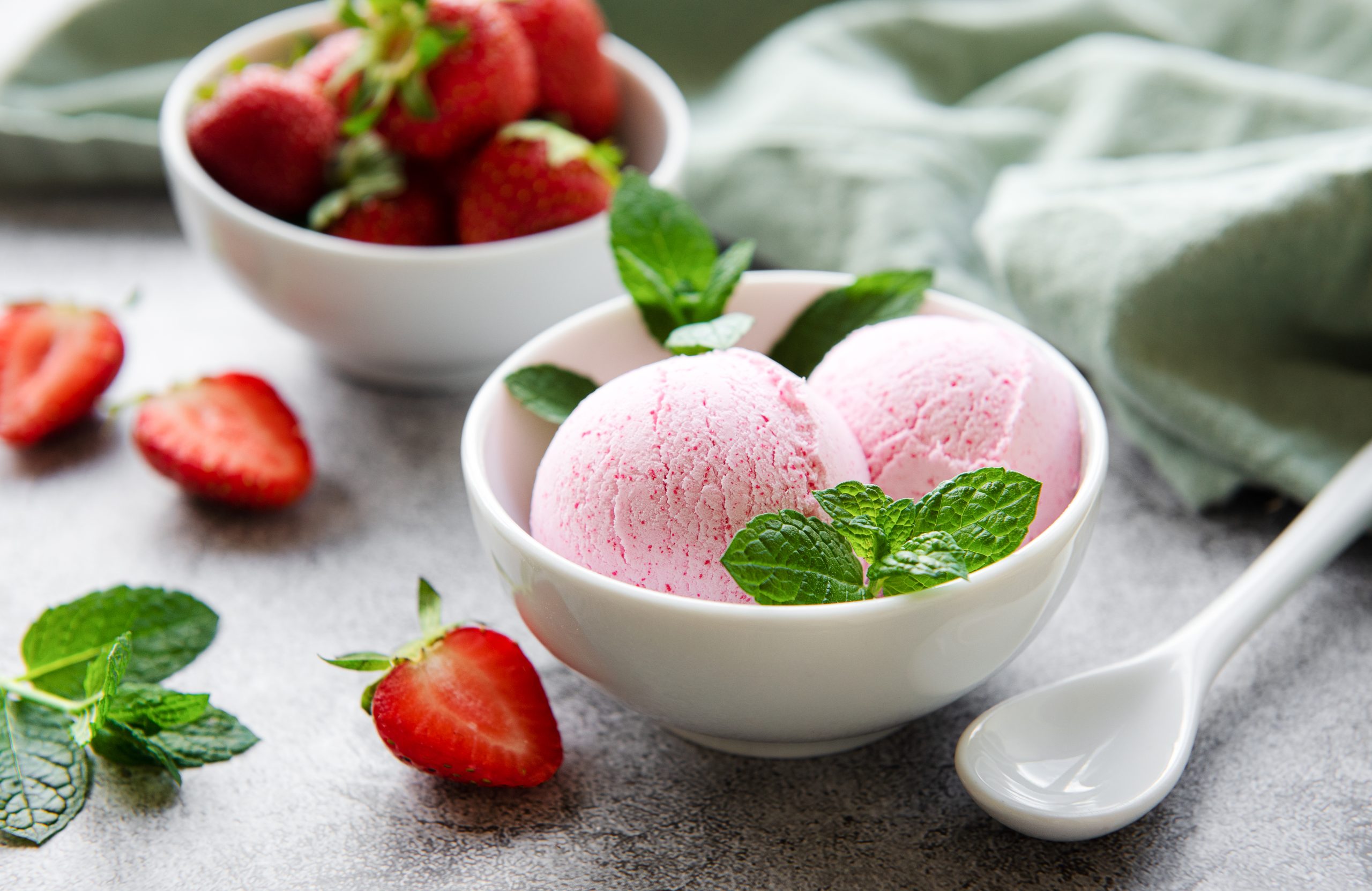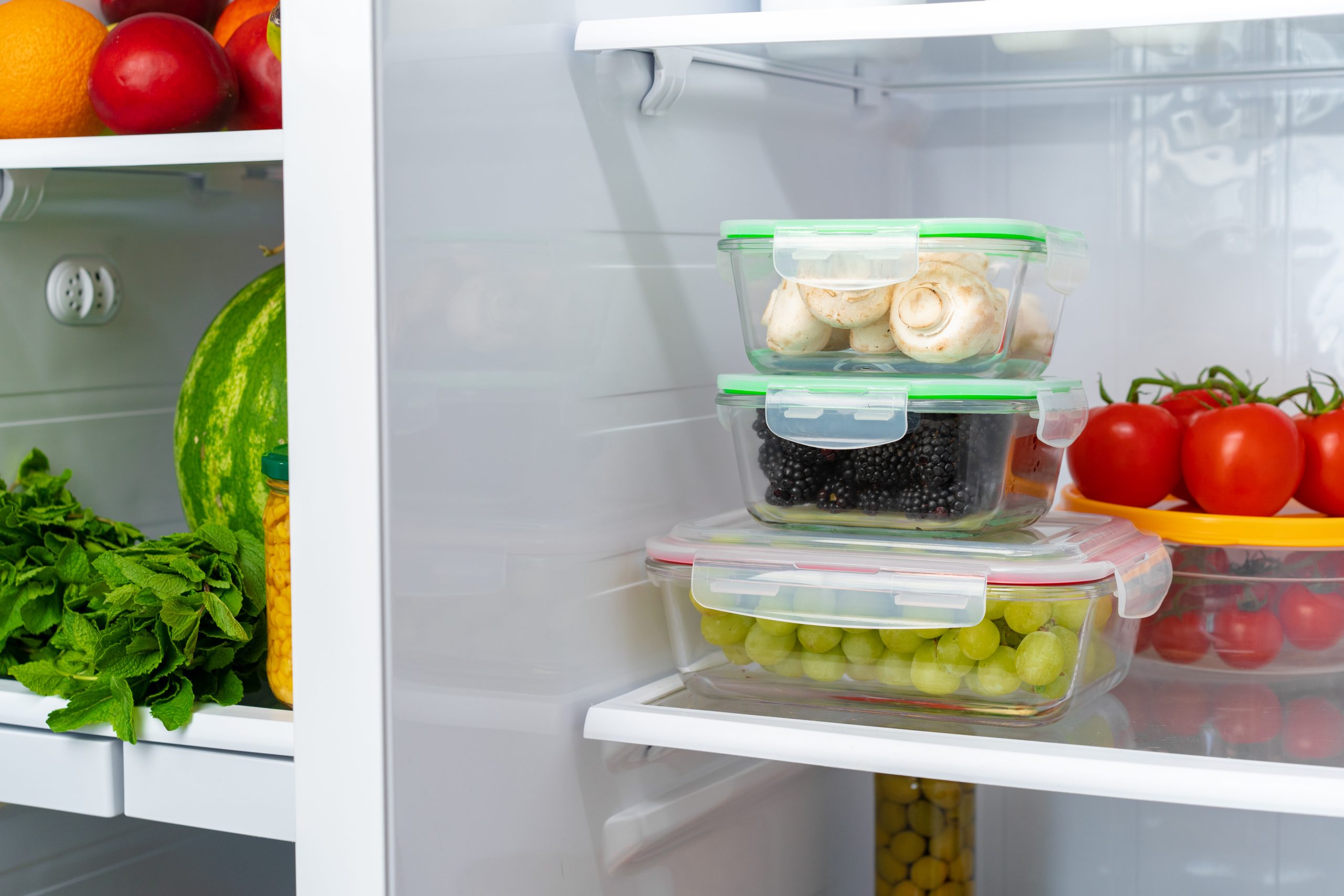Commercial operations like shops and restaurants all need ice cream containers to store their products.
The type of packaging used is important, but so too is the question of what we do with it after ice cream has been served up to delighted customers.
We are becoming a more environment-conscious society, so much so that if you run a business which is not striving to be green, it could damage your reputation – even if your food is outstanding.
That is why it is important to know what you can do with your empty ice cream tubs.
Most ice cream containers are made from plastic. Again, this isn’t any old plastic but food-grade polypropylene ice cream containers. This is because ice cream is a perishable product and liable to lose its taste and texture if it is not stored at the correct temperature.
An ice cream container has to be the right kind of plastic for the kind of storage needed. And that’s that.
Another thing to be aware of is that not all plastics can be recycled. And this can vary from local authority to local authority, so you need to contact the council to find out the policy near you.
Back in 2018, a BBC report revealed that because recycling is a devolved issue and each council collects their recycling differently, there were 39 different sets of rules for what can be put in plastic recycling collections!
To make things easier, you can also look out for labels which tell you whether the packaging is likely to be collected.
There again, not all packaging has a recycling label, but that doesn’t mean it isn’t fit for recycling.
If this sounds like a minefield, it’s not really as bad as it seems. Once you’ve cracked hat to do with your empty ice cream tubs you should be able to get into the routine of recycling them.
Continue reading →










